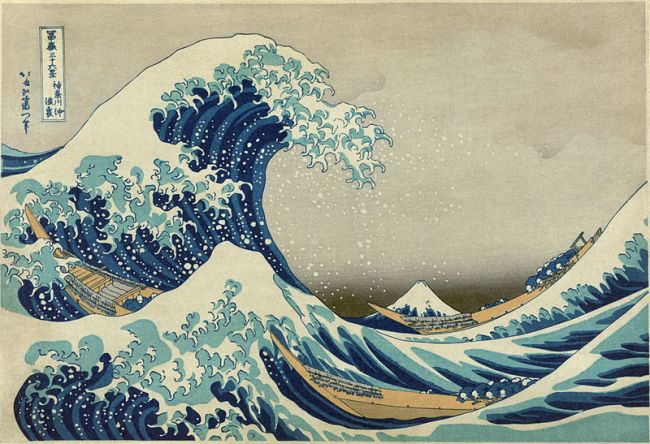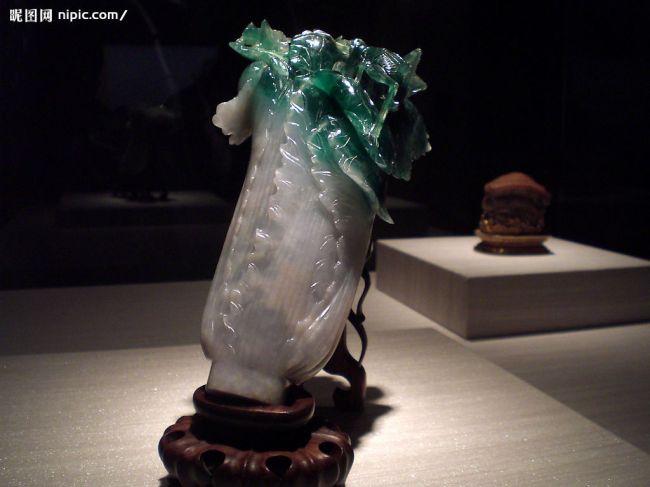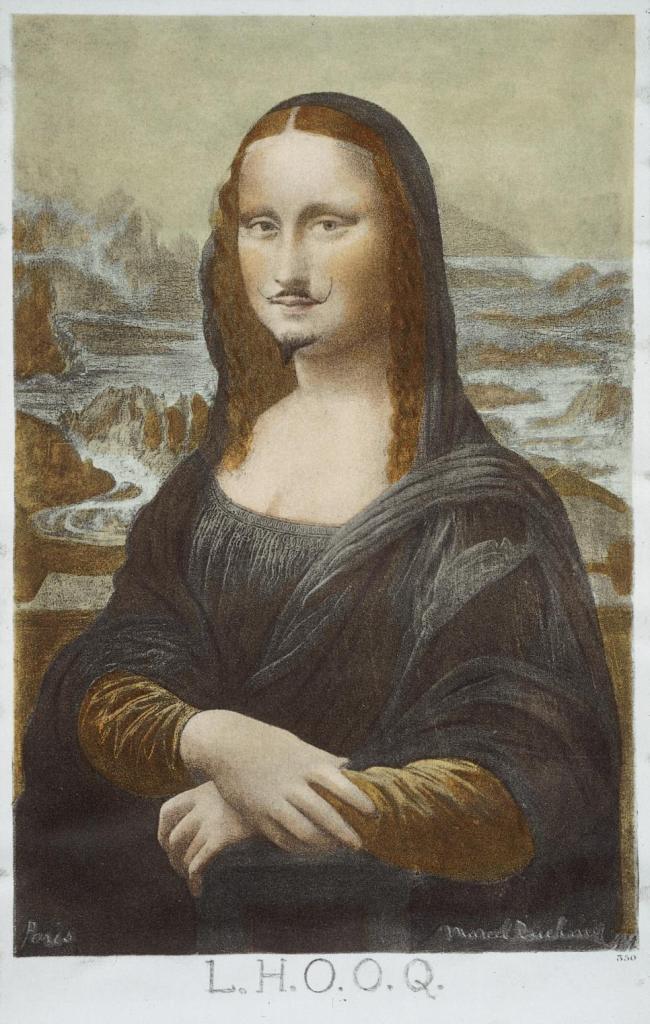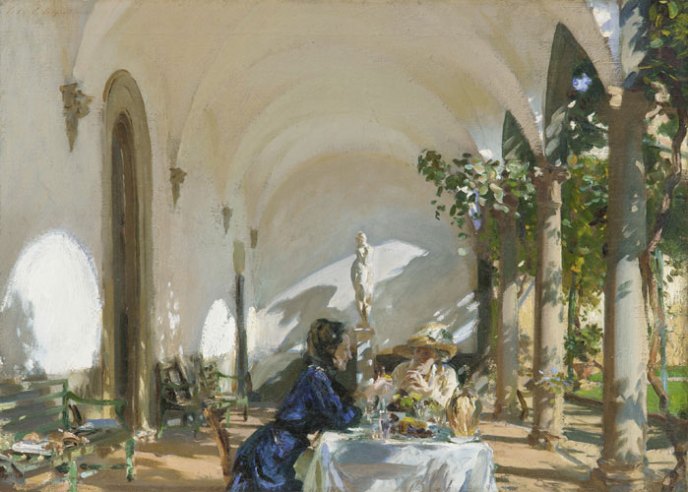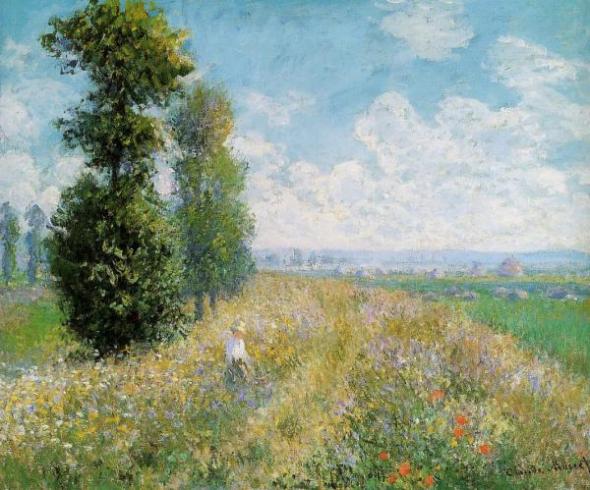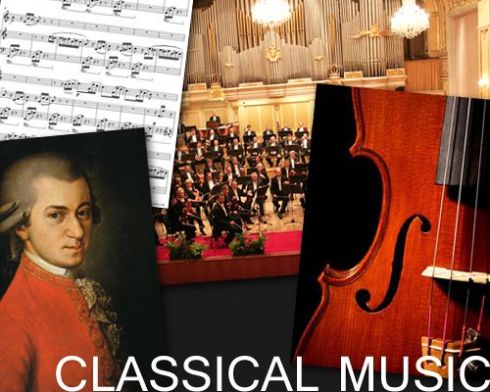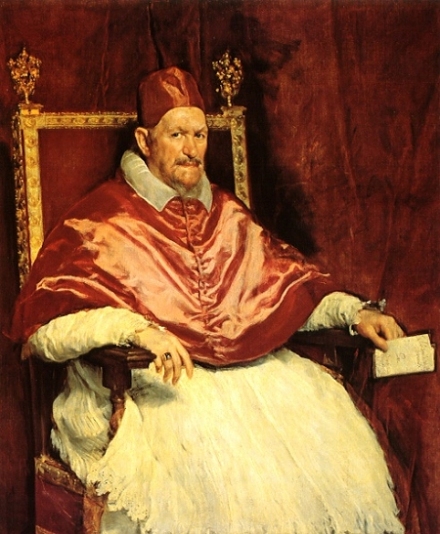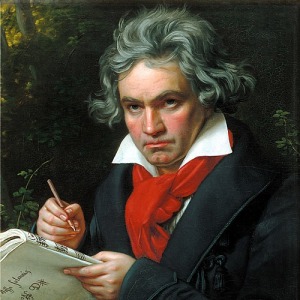I chose to analyze works from both Judith Baca and Mariko Mori, two post-modern era artists that have created artwork which I feel exemplify characteristics of post-modern era art.
Judith Baca was born on September 20th, 1964. She is an American artist, and works at the University of California in Los Angeles as a professor in the fine arts department. She is most famous for her creation of the Great Wall of Los Angeles, a work that spans over 2500 feet in Los Angeles. It is a mural located near the flood control project in Los Angeles, California (Wikipedia).
Her outdoor painting concepts came from her college years, between the years of 1969 and 1979 where she received a bachelor’s degree and a master’s degree in art from California State University in Northridge. She wanted to create art for her family and people in the town she grew up in (Watts, California), but knew that these folks didn’t go to galleries. Thus, she decided to create works that had a much easier way to appreciate: by making them more accessible and easily viewed by their large sizes. The first work I want to show is The World Wall: A Vision of the Future Without Fear.

An aerial view of The World Wall

Balance – A panel from World Wall

Hands – A panel from World Wall

Nonviolence – Another panel from World Wall
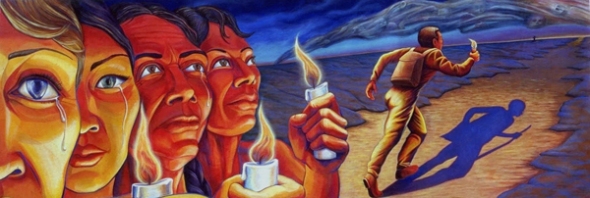
Triumph of the Hearts – A panel from The World Wall
All World Wall images can be found here.
The World Wall was created in 1987 and worked on for three years, where it was premiered in Joensuu, Finland in 1990. She worked on the paintings in California (presumably Los Angeles, where her home is). I enjoy this painting because of its concept. It promotes world peace, and it is a message of hope. Each image has certain titles, such as Balance, or Nonviolent Resistance. These titles clearly state the meaning behind the paintings. Her use of color and realistic depiction of humans truly conveys the meaning she’s trying to pass on. This work relates to my theme because it’s definitely not typical/traditional art form previous art eras. It’s a traveling mural that’s pushing for peace, and hope for better worldly relations. The images shown above are the panels that are in the World Wall mural display.

A short clipping of Baca’s mural: The Great Wall of L.A. (image can be found here).
The Great Wall of Los Angeles took seven summers to complete (the project began in 1977, and was completed in 1984. The Great Wall of Los Angeles is located in Los Angeles, California (where it was created). It was a project that utilized the local talent of some 400 or so young adults, painting the history of Los Angeles along the span of the mural. I enjoyed this painting because of its outdoor concept. At first I wanted to consider it graffiti, but afterwards I realized it was much more than that. This relates to my theme because it’s an outdoor mural…that spans over 2500 feet! (Well, 2754 feet to be exact). It’s definitely not traditional art in this regard!
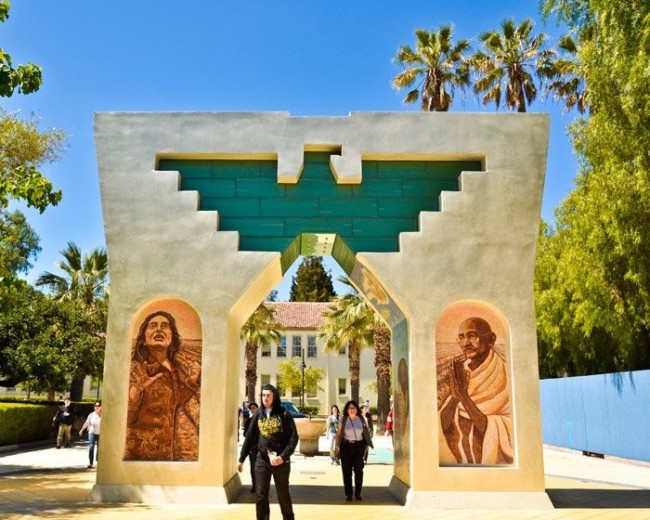
The Arch of Dignity, Equality and Justice – by Baca (Image can be found here).
Created 2008 in San Jose California. This arch is a beautiful work that really exemplifies cultural architecture (the appearance resembles adobe materials from the earlier Mexican tribes). I like this work because of its detail of the two works on either side of the arch, culminating with an eagle sign in green bricks on the top. This is definitely not something I would think of as traditional art (especially when I think paint brush, easel and paint). This is a large break away from traditional arts. It is also not a live-in building, it was built for aesthetics (compared to the fancy architecture of buildings and castles in the past three-four centuries, which were meant for living in).
Mariko Mori (or 森方里子), is a Japanese video and photographic artist born 1967 in Tokyo, Japan. She studied at a fashion college, where she also worked as a fashion model in the late 1980s. This experience strongly influenced her earlier works where she dealt with exotic scenarios and alien creatures. In 1989, she moved to London to continue her studies at the Chelsea College of Art and Design (Wikipedia).
Her art strives for alien type landscapes, delving into exploration of originality, emotions, and spirituality. Examples of this include her art piece Oneness, which has been said to represent spirituality, photography and fashion with an original twist (Wikipedia). Below are three works of art from Mori.
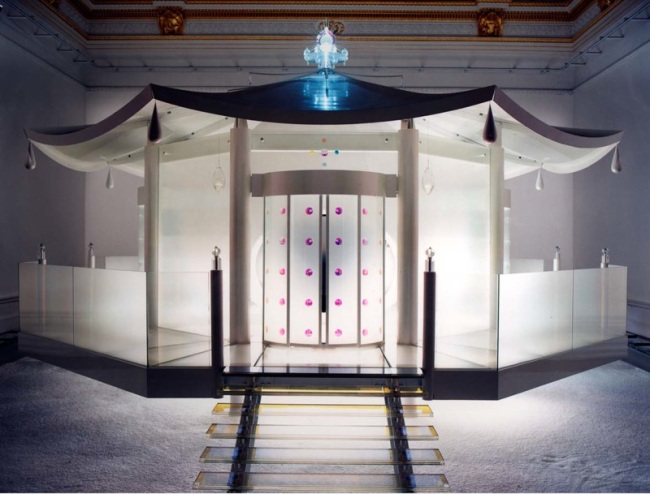
Dream Temple by Mori (Image can be found here).
Created in 1999 (presumably in N.Y., U.S.), but has toured the world at several different countries in art exhibitions. I enjoy this piece because I actually feel like it ties in with yoga (something that I have been doing for the past couple semester). This work is rooted in the concepts of achieving liberation of body and spirit, focusing on energy, meditation and even technology. While yoga doesn’t necessarily have to do with technology, the usage of the technology in this work of art is actually very complex. Mori uses color shifts which are made possible by dichroic glass. This work of art appears so new-age, so contemporary that it just seems like its an intentional break away from traditional arts.
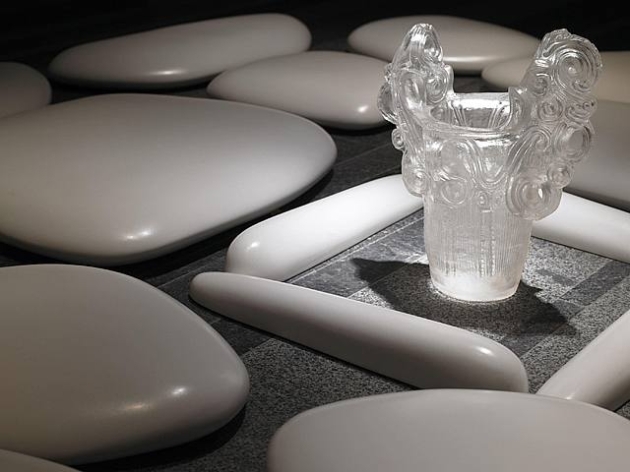
Flat Stone – by Mori (Image can be found here).
Created 2007 in New York, United States. Had many location-varied premieres such as Hong Kong, Paris, Tokyo. I enjoy this work simply because it reminds me of rocks you may find in a zen garden, a place of peace and tranquility. This art is a special break away from traditional arts, as I have never seen any type of art like this in any of the previous art eras.
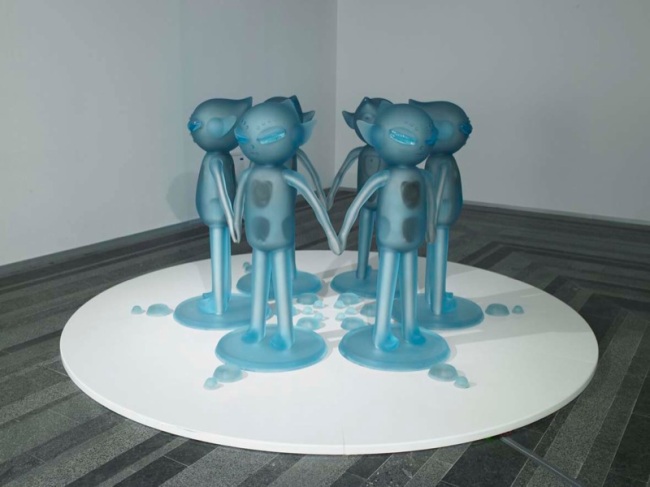
Oneness – by Mori (Image can be found here).
Created during 2002 (presumably in N.Y., U.S.), but has also toured the world in several different country’s art exhibitions. Oneness is a symbol of connectedness, and being together (representative of the world as one connected organism). I enjoy this work of art because of this concept. As the world grows more technology dependent, people appear to actually be less social (in person) than in past years. Even though this appears to happen, we are all connected regardless, as we are all humans on this earth. A simple look at this work of art can remind the viewer that we are all in this together. This fulfills my theme as it’s a work containing aliens, a topic that doesn’t really seem traditional when in the field of arts.
Conclusively, the works chosen in this exhibition show a push towards art styles and techniques not seen in previous art eras. From extremely long (and outdoor) murals to space-age looking sculpture displays, Baca and Mori both display traits of the post modern era well.
Sources
http://www.judybaca.com/now/index.php?option=com_content&view=article&id=154&Itemid=95
http://en.wikipedia.org/wiki/Judy_Baca
http://en.wikipedia.org/wiki/Mariko_Mori
http://fyeahwomenartists.com/post/14269773236/judy-baca-cesar-chavez-monument-the-arch-of
http://www.artnet.com/artwork/425995461/140578/mariko-mori-flat-stone-detail.html
http://www.perrotin.com/Mariko_Mori-works-oeuvres-15127-6.html
http://www.absolutearts.com/artsnews/2000/03/29/26767.html
http://www.perrotin.com/Mariko_Mori-works-oeuvres-14115-6.html
